Name Nicolae Vasilescu-Karpen | Role Engineer | |
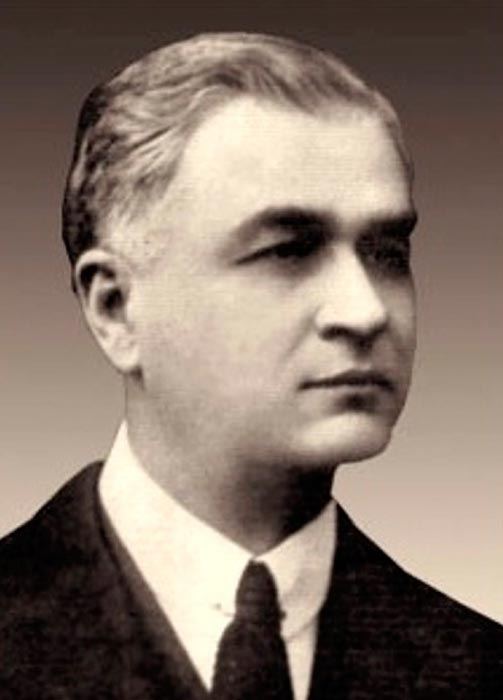 | ||
Books Significance of the Scientific Research of Nicolae Vasilescu Karpen (1870-1964) Education University of Paris, Carol I National College | ||
Nicolae Vasilescu Karpen (December 10 (O.S.)/December 22 (N.S.), 1870, Craiova – March 2, 1964, Bucharest) was a Romanian engineer and physicist, who worked in telegraphy and telephony and had achievements in mechanical engineering, elasticity, thermodynamics, long distance telephony, electrochemistry, and civil engineering.
Contents
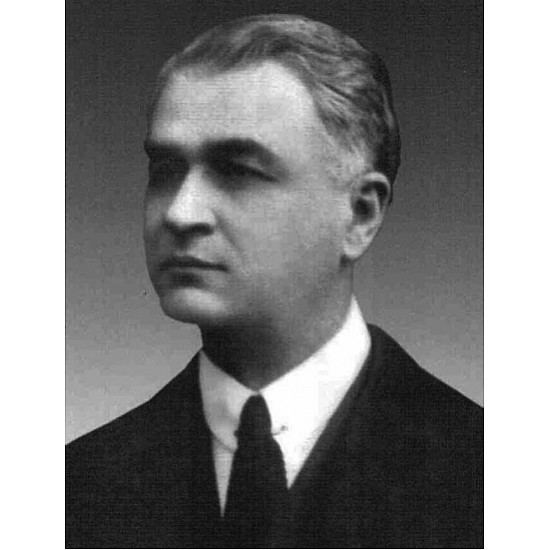
Life
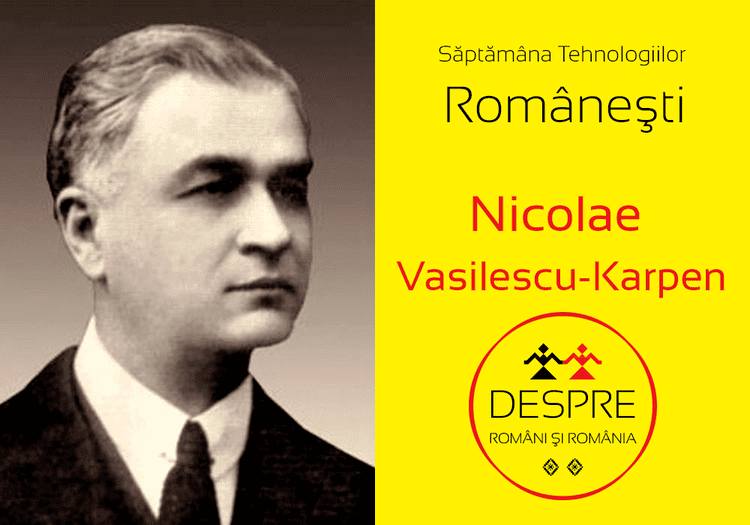
After studying at the Carol I High School in Craiova, he went to the School of Bridges, Roads and Mines in Bucharest. After graduating in 1891, he worked as a civil engineer for three years. He went to France to study physics at the University of Paris. In 1904 he was awarded a PhD in physics for his thesis Recherches sur l'effet magnétique des corps electrisés en mouvement (Research on the magnetic effect of electrified bodies in motion). After a year as a professor at the University of Lille, he returned to Romania to teach at the School of Bridges, Roads and Mines, where he was appointed director in February 1920. As a result of his efforts, the School was transformed later that year into the Polytechnic University of Bucharest. Vasilescu Karpen was the first rector of this university, serving in that capacity until 1940.
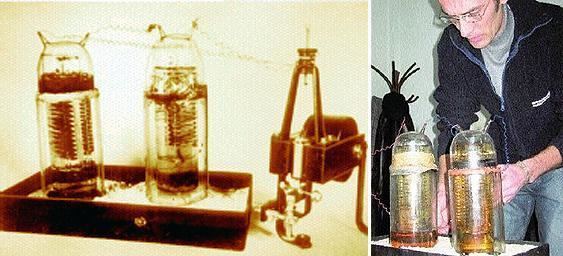
In 1908 he is said to have invented the Karpen Pile. He was the engineer who introduced a permanent wire telecom bridge between Brasov City and Bucharest. He introduced electrically transmitted "wired telegrams" in the Old Romanian Kingdom by 1920. He became a titular member of the Romanian Academy in 1923; stripped of membership by the new communist regime in 1948, he was restored to the Academy in 1955.
Karpen Pile
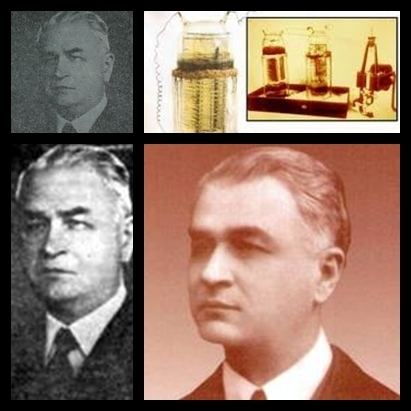
The Karpen Pile is claimed to be a battery that has provided continuous energy for over 60 years, making it either a supremely effective method of storing energy or a hoax, furthermore some newspapers describe it as a perpetuum mobile, but most scientists disagree since such a device would violate the Second law of thermodynamics. The device is housed at the Dimitrie Leonida National Technical Museum, and by 2010 it had been working there continuously for 60 years.
